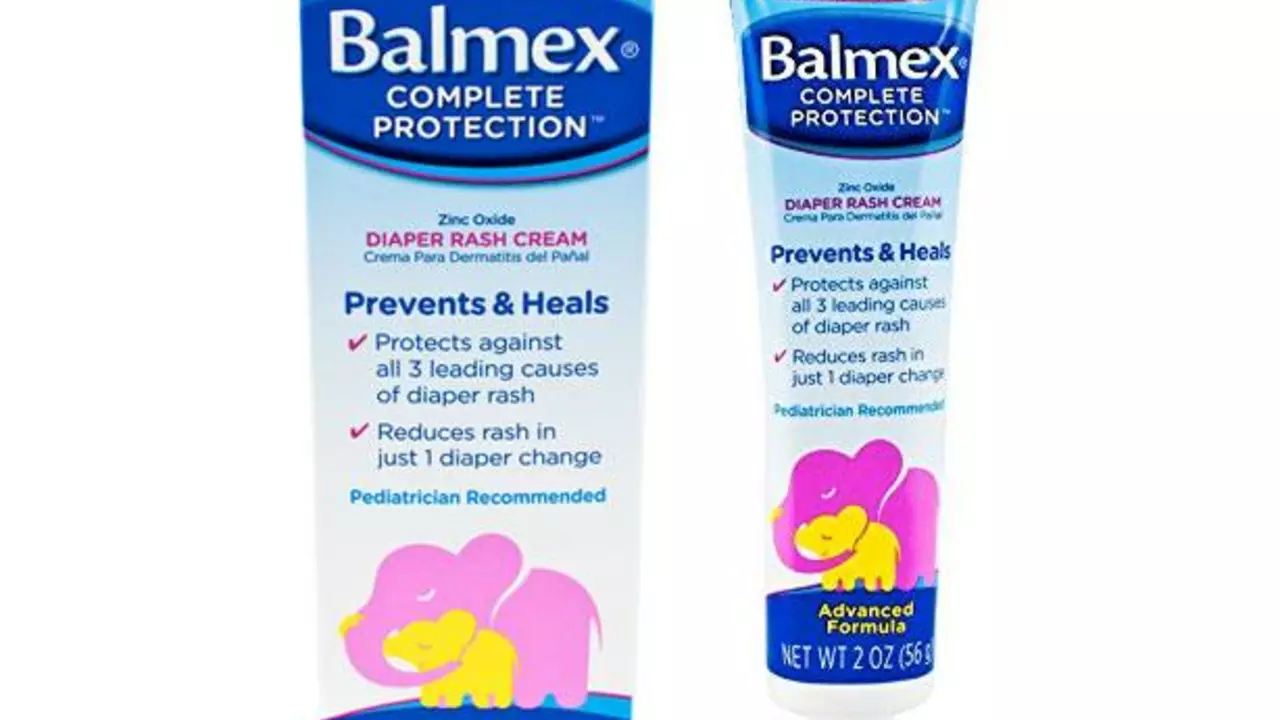Diaper rash: Fast relief, treatment, and prevention
Red, sore skin under a diaper is one of the most common worries for parents. You don’t need to panic — most diaper rashes clear with simple home care. This page explains what causes diaper rash, what to try first, and when it’s time to call a doctor.
What causes diaper rash? The main culprits are wetness, friction, and irritation from urine or stool. Antibiotics, new foods, tight diapers, or sensitive skin can make a rash worse. Yeast (Candida) can also cause a bright red rash with small red bumps that spread beyond the creases — that one needs different treatment than plain irritation.
Quick fixes you can do at home
Change diapers early and often. The single best move is to remove wet or dirty diapers quickly and clean gently. Use plain water or fragrance-free wipes and pat the area dry — don’t rub.
Give the skin air. Let your baby go diaper-free for several short periods each day. Air time reduces moisture and speeds healing.
Use a barrier cream. Apply a thick layer of zinc oxide or petroleum jelly at each change. These protect the skin from moisture and help the rash heal. Zinc oxide is especially useful after messy bowel movements.
Avoid harsh products. Skip wipes with alcohol, fragranced soaps, or bubble bath. Wash cloth diapers with a mild, fragrance-free detergent and rinse thoroughly.
Treating different types of rashes
If the rash is flat and just red, the steps above usually work within 48–72 hours. For yeast rashes — bright red, shiny, often with tiny satellite spots — a topical antifungal like nystatin or clotrimazole is typically needed. Use an antifungal cream as directed by the label or your pediatrician.
If there’s raw, broken skin or signs of bacterial infection (yellow crust, pus, spreading redness, fever), contact your doctor. They may prescribe an antibiotic ointment or oral meds.
Small amounts of 1% hydrocortisone can help severe irritation, but check with your doctor before using steroids on a baby’s skin.
Prevent repeat rashes by changing diapers after every poop, using superabsorbent diapers, avoiding tight clothes, and giving daily diaper-free time. If recurring rashes follow a new food or antibiotics, talk to your pediatrician about causes and remedies.
When to call the doctor: if the rash lasts more than three days despite home care, if you see blisters, open sores, fever, or if the baby seems unusually fussy or in pain. Also call if you suspect a yeast or bacterial infection.
Diaper rash feels urgent, but most cases respond fast to careful cleaning, air time, and a barrier cream. If something looks unusual or doesn’t improve, get professional advice — quick treatment avoids bigger problems.
- Colin Hurd
- Jul, 21 2023
- 17 Comments
Butenafine for the treatment of diaper rash
In my latest research, I've discovered that Butenafine, an antifungal medication, is quite effective in treating diaper rash. This condition, often caused by yeast or fungal infections, can be particularly stubborn to get rid of. Butenafine works by stopping the growth of fungus, providing relief for the baby's irritated skin. It is always advised, however, to consult a healthcare professional before beginning any new treatment. So, don't hesitate to reach out to your pediatrician if your little one is suffering from a persistent diaper rash.

